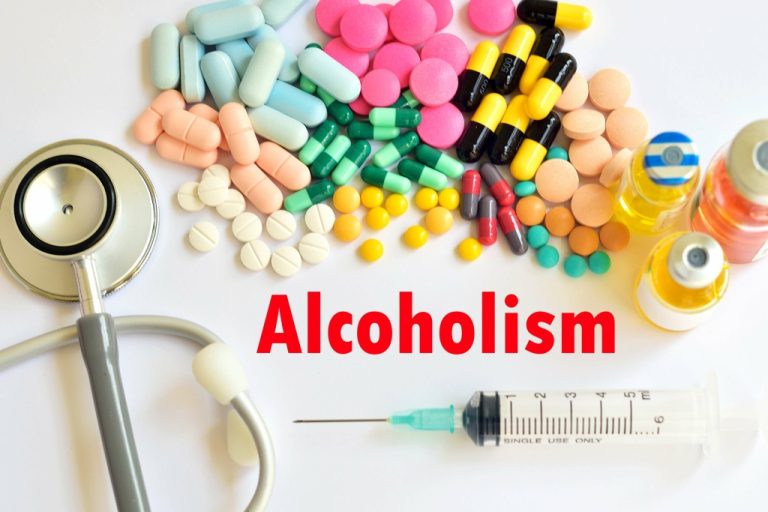She insists that residents maintain a routine of working on their recovery, abide by curfews and observe strict sobriety. Newell asks those who would keep sober houses out of their neighborhoods to consider the people who live in those houses. Sober living is a crucial step in this journey, offering a bridge between an inpatient facility and the real world.
COMMUNITY
- From a financial perspective, sober living homes are often able to accept insurance, which makes them more financially accessible for many individuals.
- Embracing the path of sober living is a transformative step towards reclaiming your life and building a future grounded in health and fulfillment.
- In order to find rehabs that provide sober living services or have a comprehensive aftercare program that helps individuals transition from treatment to sober living.
- These financial aspects highlight the importance of careful planning for individuals considering sober living homes.
Amenities include on site laundry, air conditioning, parking, full kitchens, living/dining rooms and quick access to public transportation. Find rehab for yourself or a loved one by speaking with a treatment provider. Our team provides support for the family via education, guidance, and help finding tools to support your loved ones through their recovery.
Reduced Risk of Relapse
- She acknowledged that they’re “strict,” but said they do not pat anyone down.
- Sober living refers to a supportive living environment for individuals recovering from addiction.
- If you’re having a hard time adjusting to a sober life, reach out to a mental health professional who specializes in addiction and substance use.
- From available police reports alone, it’s hard to know whether or how a death at a sober house reflects on the house operation.
The chic converted warehouse space is just steps away from exquisite views of the East River, amazing boutiques, cafes, and is only a ten-minute subway ride from Union Square, the Village, and Downtown Manhattan. Having time to become comfortable in sobriety might be the single most important part of the Oxford House success story. Using this cost-effective method to improve the chances of recovery from alcoholism and drug addiction, may be the best way to show the community that recovery works and that recovering individuals can become model citizens. SLHs have been shown to improve recovery outcomes when utilized in conjunction with 12-step programs.8 Residences providing a highly structured schedule of activities tend to dramatically improve the likelihood of long-term sobriety.

Providing access to a sober lifestyle.
Sober living houses are often used as a transitional step for people who have completed an inpatient treatment program and are not yet ready to return to everyday living. Living in a sober living house provides a structured, drug-free environment with house rules and guidelines to help residents maintain their sobriety and develop life skills to support their recovery. Sober living houses typically have house managers who oversee daily operations and enforce house rules. This may involve attending outpatient therapy sessions or engaging with peer support group meetings. Residents will also be expected to share household chores and responsibilities.
What is a sober living home and how does it operate?
After completing an addiction treatment program, you might find yourself wondering what’s next. The transition from inpatient treatment to independent living can be tough, as you’ll be experiencing new triggers and less structure. Sober living homes were created to bridge the gap and offer the support you need to maintain your sobriety. The cost of sober living varies based on location, services, and housing type.
As long as you are actively pursuing your recovery in some way, abiding by community rules, and paying all dues, you should be free to remain in a sober living community for as sober home long as necessary. Everyone has a unique experience of recovery from drug addiction or alcoholism, and the best sober living communities account for this with a flexible approach. Many of those in the early phase of recovery find it challenging to move from the structured environment of residential rehab directly into independent living. At a sober living home, you can benefit from a house manager who will oversee operations, and you can count on other residents for help as you move toward independent sober living at home.

Sober living homes provide a structured environment that supports recovery and personal growth. These homes aren’t just about staying substance-free; they’re about learning how to live a fulfilling life in sobriety. Here, you’ll find a community of peers who understand your struggles and share your https://dev-conceptservices.pantheonsite.io/strategies-to-overcome-shame-and-guilt-in/ goal of maintaining sobriety. Daily operations in sober living homes include house meetings, group therapy, and participation in 12-step or alternative recovery programs. Staff roles vary by level, with higher levels involving licensed counselors, case managers, and recovery coaches.
Culturally, sober living homes promote personal accountability and collaboration among residents, often encouraging participation in group activities and mutual support. They typically follow a recovery-oriented culture, utilizing 12-step programs or similar methodologies to foster engagement. The opportunity for peer support in sober living homes plays a significant role in recovery. Residents interact and bond over Drug rehabilitation shared challenges, which encourages mutual accountability.